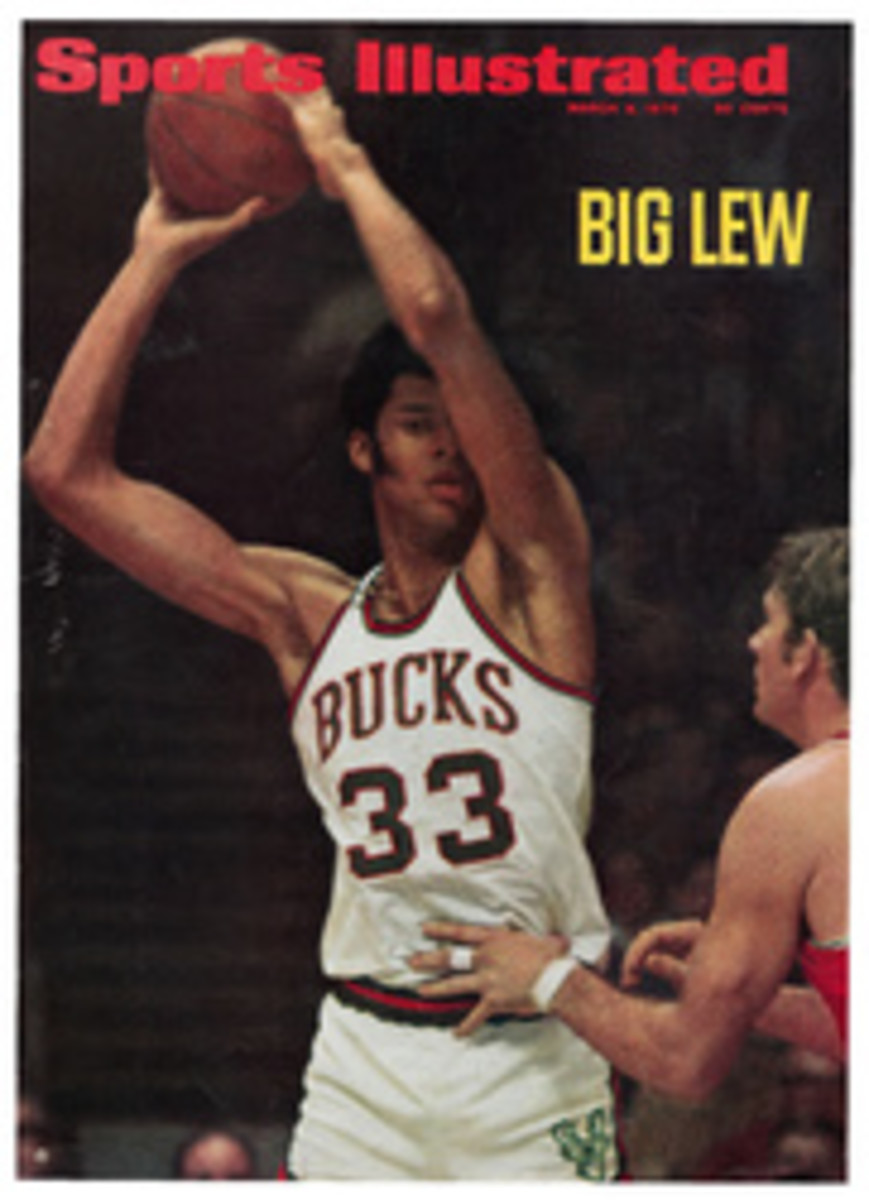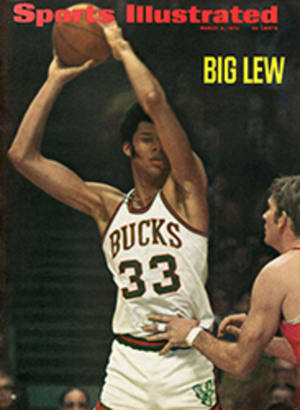
Boxing's loyalists now gather in theaters to shout their affections for the game
The auto business and the fight game seem to be in about the same state of recession in Detroit. The Olympia arena, born in 1927, looked every inch its age the other night. The marquee was about ready for pornographic movies in Spanish. Long before the fight had started, fossilized candy wrappers formed a carpet from the entrance. There were only 10 ushers on hand, on the theory that arena fans prefer to seat themselves (at a recent rock event, several were reported to have held their seats at knife-point), and of these 10 at least nine must have been hiding in broom closets. Yet it was somehow like old times, with a sense of fight-night whoopee in the air, as I piled in to watch Frazier-Ellis on closed-circuit TV.
The crowd certainly seemed to belong to another time. The lobby swirled with sports and spenders, the kind you might have expected to find in a Harlem fight club around 1930: raffishly dressed and rippling with ghostly merriment. Afros and beads were nowhere. The white fans came in twos and threes, burly six-pack men from the paleface reservations in the inner city. A smalltime fight crowd, the last of its kind.
Closed-circuit TV is ideal for their purposes. The price is right—six bucks, ringside, just enough to keep out the tourists. The atmosphere is fraternal. A roar goes up when Tony Galento is introduced. You'd feel like a fool doing that in your living room. And there is the pleasure of shared knowledge. Everyone howls when a fighter hits on the break. Yeah, I saw it, I saw it. And, mind you, no commercials.
Closed circuit has the further merit of rounding up all the survivors in one place. The arena listed 4,328 admissions, and that could well be the total fight fan population of Detroit. The press box was closed—everybody out looking for Denny McLain, it seemed. And afterward at the famous sports bar, Lindell's, the only fight talk was about Billy Martin, who had staged one of his more memorable bouts there last summer—the Dave Boswell TKO. Outside of that, well, a couple of pro football players had been in earlier and drunk 12 Margaritas in 10 minutes. That was rated as the sports highlight of the evening. There isn't even enough betting interest in these boxing ghost towns to stir up an artificial boom, though a friendly bookie will take down $50 for old times' sake. Quiet, very quiet.
Yet, if anything is going to bring back boxing, it could be these closed-circuit sessions. It isn't the best picture you ever saw—you can't blow people up to five times life size without getting some fuzz on them, and the light tends to be dingy on the long shots—but it's a lot better than the view from the 20th row of Madison Square Garden. There are five color cameras to keep you from getting screened out by a fighter's back, and while the angles were not played too imaginatively for Frazier-Ellis, the camera work was more than handy on replays and close-ups. The key punches, which always land while you're blinking, were explored exhaustively, until you knew the exact moment when life left the body. And when Angelo Dundee murmured stray nothings to his boy at the end of the fourth round, trying to strike up a Stone Age conversation, a primitive connection, we saw the two faces in agonized pantomime. Ellis fans shouted their own two bits. Nine hundred miles is not too far for thought waves to travel. What matters is not where it's happening but that it is happening now.
Luckily, the din lays a bag over the announcer's head. I knew it must be Howard Cosell when I heard him salute a weary George Foreman with the words, "They're booing you, George." The only other Cosellisms I picked up were random words like "subliminal" and "horses for courses," and I still have no idea what they referred to. Maybe the ring was muddy.
The din was the story. The fans were as uproarious as if they were on the spot, rooting home real fighters instead of shadows. They cheered the white boy, Peralta, in the prelim, when he seemed to need it. (Stay-at-homes who think of fight fans as ravening grandmothers baying for blood would be surprised at how many of them switch to the man who's in trouble.)
There were, all told, 120 of these screenings across the country, some chicer, some, God forbid, crummier, and something like 200,000 head of fan in attendance and $1.1 million gross in the closed-circuit till: not good, not bad as a payday for Sports Action, Inc. But for fight buffs, the theater TV offered a better single service than any other sport provides, and a flare in the deepening twilight of pugilism.
ILLUSTRATION

